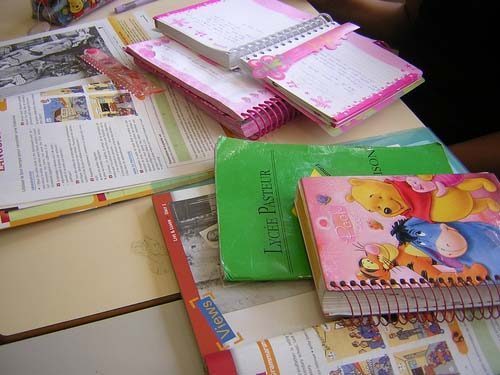
Parents in Qatar shell out vastly different sums of money for their children’s education, according to the Supreme Education Council’s annual Schools and Schooling Report published this week.
On average, some $2,804 (QR10,208) is spent per year to educate each child in a household, the report states.
But that figure, which factors in free schooling for Qatari children at independent (public) schools, will read quite low for families that pay private school tuition fees.
The detailed report puts the average cost of an independent school at $1,852 (QR6,744), versus $6,678 (QR24,312) for an international school.
The average covers all “educational-related matters,” including tuition and books. It takes into account fees at international schools, private Arabic schools, and government-run independent schools, but excludes “community” schools that are linked to embassies, such as Doha College and ASD, where tuition can run much higher.
The report also points to significant differences in the educational level of teachers and the quantity and breadth of work studied, with government-run Independent schools having a higher number of teachers with no formal qualifications, and giving out less homework per week, than their private and International counterparts.
Key findings
The extensive report contains 263 tables and 99 charts displaying a raft of data, from the percentage of students who enjoy math classes (66 percent) to the average household size (eight).
Some of the report’s other highlights include:
- In the schools studied, the make-up of the student population was: 50 percent Qatari students, 35 percent other Arab students, and 15 percent non-Arab students.
- Absenteeism is high. An average of 17 percent of schools days are missed each year across all school types, and students are late 15 percent of the time.
- Only 4 percent of teachers in Primary and Secondary schools in Qatar do not have a degree. Looking more closely, however, the statistics reveal startling differences across school types. Some 15 percent of teachers in private Arabic schools don’t have a degree, for example, versus only 2 percent in independent schools. Furthermore, 67 percent of teachers in independent schools have a formal teaching qualification, versus 66 percent in Arab private schools, and 82 percent in International schools.
- There’s a significant variation in the amount of homework set per week across the different schools, too – only 1.7 hours in independent schools, but 2.3 hours in private Arabic and International schools.
These homework figures tally with the opinion of a parent with children at both International and Independent schools, in an article we published a few weeks ago:
“I’ve seen the homework my eldest daughter used to receive (at Al-Bayan Independent School) and the one my younger daughter now receives at Qatar International School,” Karam Al-Qassab told us. “There is a huge difference in the material that is covered and the way it is taught. It’s much deeper, wider and demands higher standards.”
Here’s the full report:
Thoughts?
Credit: Photo by Beedieu







